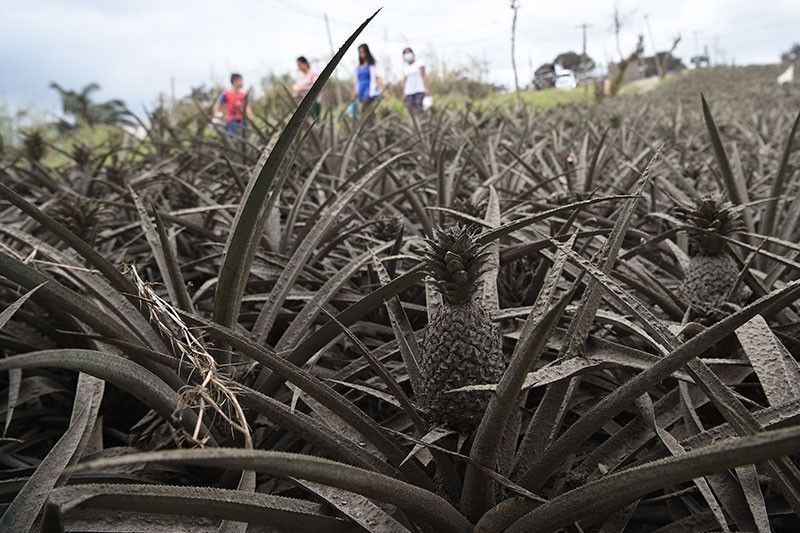Taal eruption’s impact on economy likely ‘small’ — NEDA

MANILA, Philippines — Taal Volcano’s eruption will likely have a “small” impact on the economy, the Philippines’ socioeconomic planning agency said Monday.
Taal last week spewed ash, rumbled with earthquakes and exploded with volcanic lightning, displacing thousands of residents and disrupting businesses and schools in nearby areas, including the Philippine capital Manila.
A "hazardous explosive eruption is possible within hours to days," the nation's seismological agency warned.
“We don’t see it having major effect unless there will be a violent eruption,” National Economic and Development Authority Undersecretary Adoracion Navarro said at a press conference.
Adoracion said that based on NEDA’s estimate, foregone income from the Taal unrest could hit as high as P6.66 billion or equivalent to 0.26% of Calabarzon’s regional economic output in 2018.
NEDA’s projection included possible effects of the eruption on industries and services within the 14-km radius and latest data on agricultural damage. However, the estimate did not include damage to infrastructure and private properties.
"We will adjust our assessment of economic impact in case there will be a violent eruption," said Navarro.
According to a Department of Agriculture estimate over the weekend, damage and losses to agriculture from the eruptions and resulting ash fall has reached P3.17 billion.
Around 15,790 hectares of agricultural lands have been affected and production losses have reached 43,772 metric tons, according to the DA-disaster risk reduction and management operation center.
Finance Secretary Carlos Dominguez III earlier said the National Capital Region and the Calabarzon Region — made up of Cavite, Laguna, Batangas, Rizal, and Quezon provinces — contributed 53% of the country’s total gross domestic product in 2018 at 36% and 17% respectively. Central Luzon had a 9% share.
The country loses 1%-2% of its yearly GDP due to natural disasters, especially typhoons, he added.
- Latest
- Trending





























